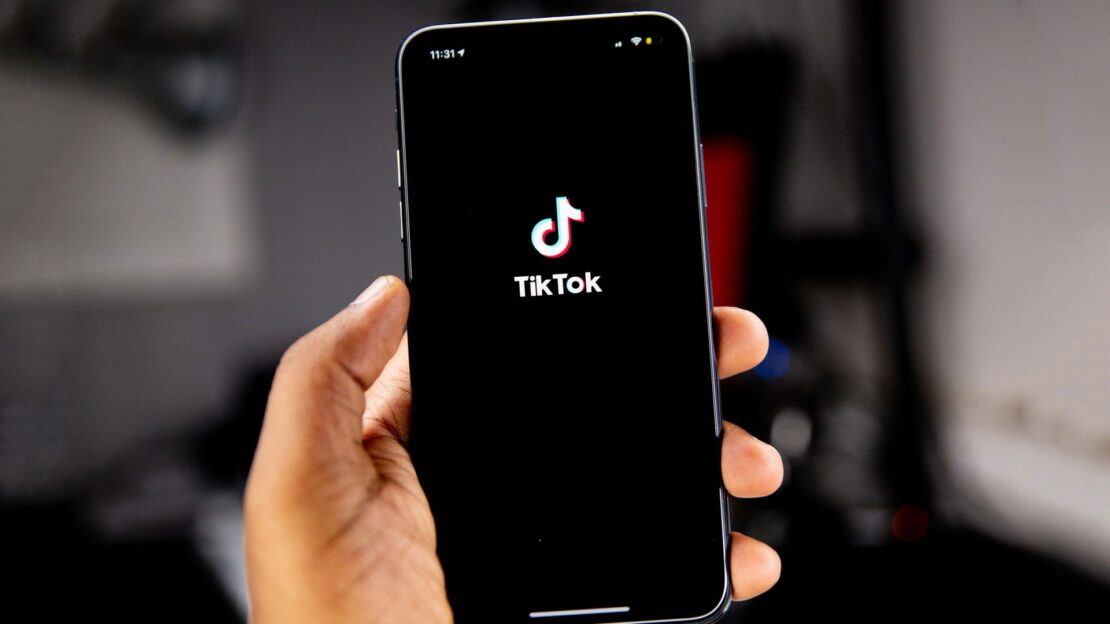Everything You Need to Know About PR… But Were Afraid to Ask
October 6th, 2023
Grayling’s Niveen Saleh and Cristina Colossi provide a beginner’s guide to understanding the basics of public relations, and its role in the marketing mix.
While most people are familiar with the term public relations (PR), the industry is often misunderstood. PR is an essential tool for building a presence in your industry, conveying your message, and increasing visibility among existing and prospective customers.
How is advertising different from PR?
At its core, advertising is paid exposure where the buyer and advertiser (at a network or publication) reach an agreement based on a media plan. A buyer has a lot of control when it comes to advertising; for example, when working with an ad executive at a magazine, the buyer has a say in the ad’s messaging and design, the amount of desired publication space (a full page, half page, etc.) and the ad’s placement within the magazine.
This differs from PR, which is about using persuasion, rather than payment, in cultivating relationships with reporters and editors who cover your business’ industry. This leads to free, “earned” media opportunities, which can take the form of an interview with an American Banker reporter (such as this profile on David Smithers, IDB’s executive vice president, chief information officer and chief operating officer) or an op-ed with Recruiter.com (such as this article from Joan Burns, IDB’s executive vice president of Human Resources, Marketing and Communications, and chief diversity officer, where she shares tips for turning interns into new hires). These articles are great examples of how press coverage can help position key executives as authorities in their space, while driving awareness to their business.
How does PR work?
When working to secure these earned media opportunities, a PR professional will start by reaching out to journalists with a suggested story idea that is either driven by a company news announcement, or because the PR lead represents an executive who can provide industry-specific insights that can help shape a story. If a reporter likes the story idea, and their editor approves, he or she will work with the PR person to either (1) schedule an interview to get more information, or (2) send a questionnaire over email.
Similarly, if an editor is interested in receiving an op-ed from an executive on an industry-related topic, the editor will share their publication’s guidelines and a deadline. Almost 100% of the time, guidelines require op-eds to be vendor-neutral (meaning non-salesy, with no mention of your products or services) and educational (this is because editors are responsible for making sure contributed content is not self-serving). After being reviewed and approved, the piece is then submitted to the editor.
What is the editing process like for reporters?
Reporters don’t have the final say over the editing process, their editors do. Once an op-ed or an article is submitted, an editor can make as many changes as they’d like, whether it’s for stylistic reasons, for fact-checking or to add more discussion points for their readers. Editors may also omit portions of a story as needed. As a rule of thumb, the final draft is almost never sent back to the PR rep or their clients for edits or input. Similarly, most newsrooms’ editorial policies prohibit the inclusion of hyperlinks to third-party websites in the article. In other words, editors reserve the right to remove any hyperlinks in the editing process.
No guarantees
When working with a reporter, it is important to understand that there are no guarantees that an article will even get published. No matter how well an interview goes, how well an executive and a journalist got along, or how much a journalist seemed interested in a company announcement, there are many outside factors that could cause an article to not go live. This can happen for a multitude of reasons, such as the direction of a story changing or a breaking news assignment that forces an editor to shift resources and change the editorial schedule.
Although media coverage is not always guaranteed, know that the best practices in PR go a long way in building relationships with reporters and generating coverage. Through earned media placements and thought leadership opportunities, PR can be an effective means for establishing your company as a leader in your industry and building trust with your audiences.
Niveen Saleh is an account director, and Cristina Colossi an account supervisor, in Grayling’s New York office.


